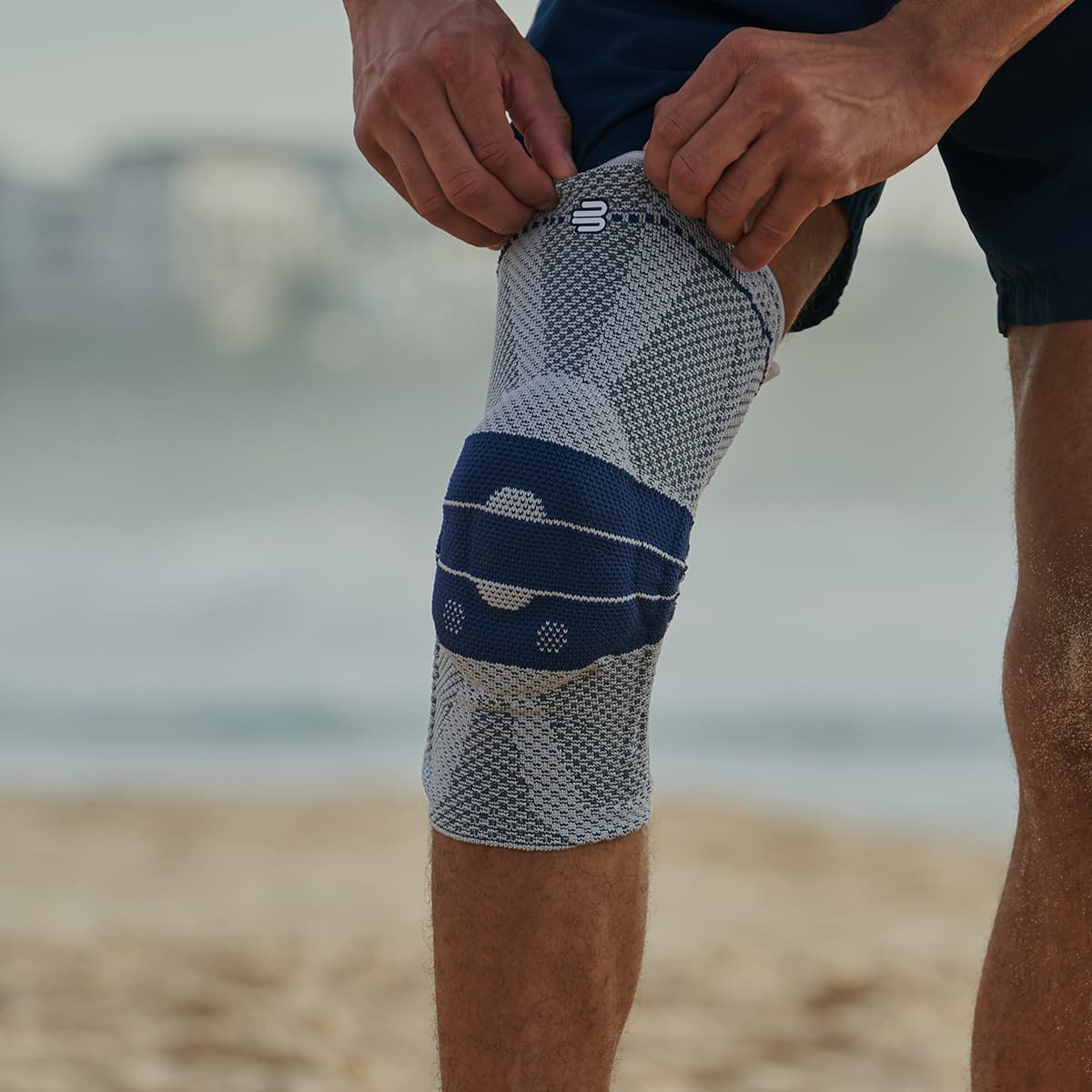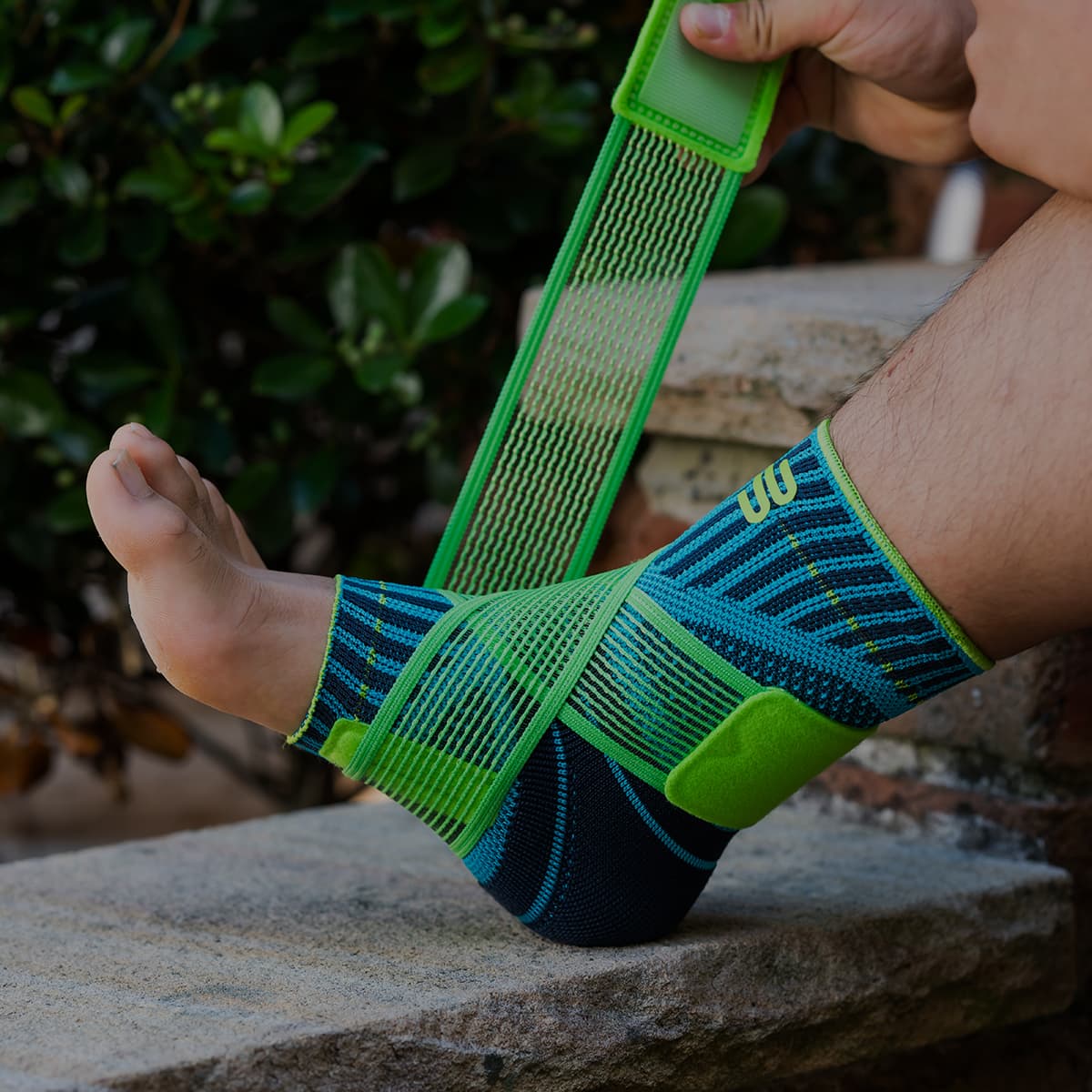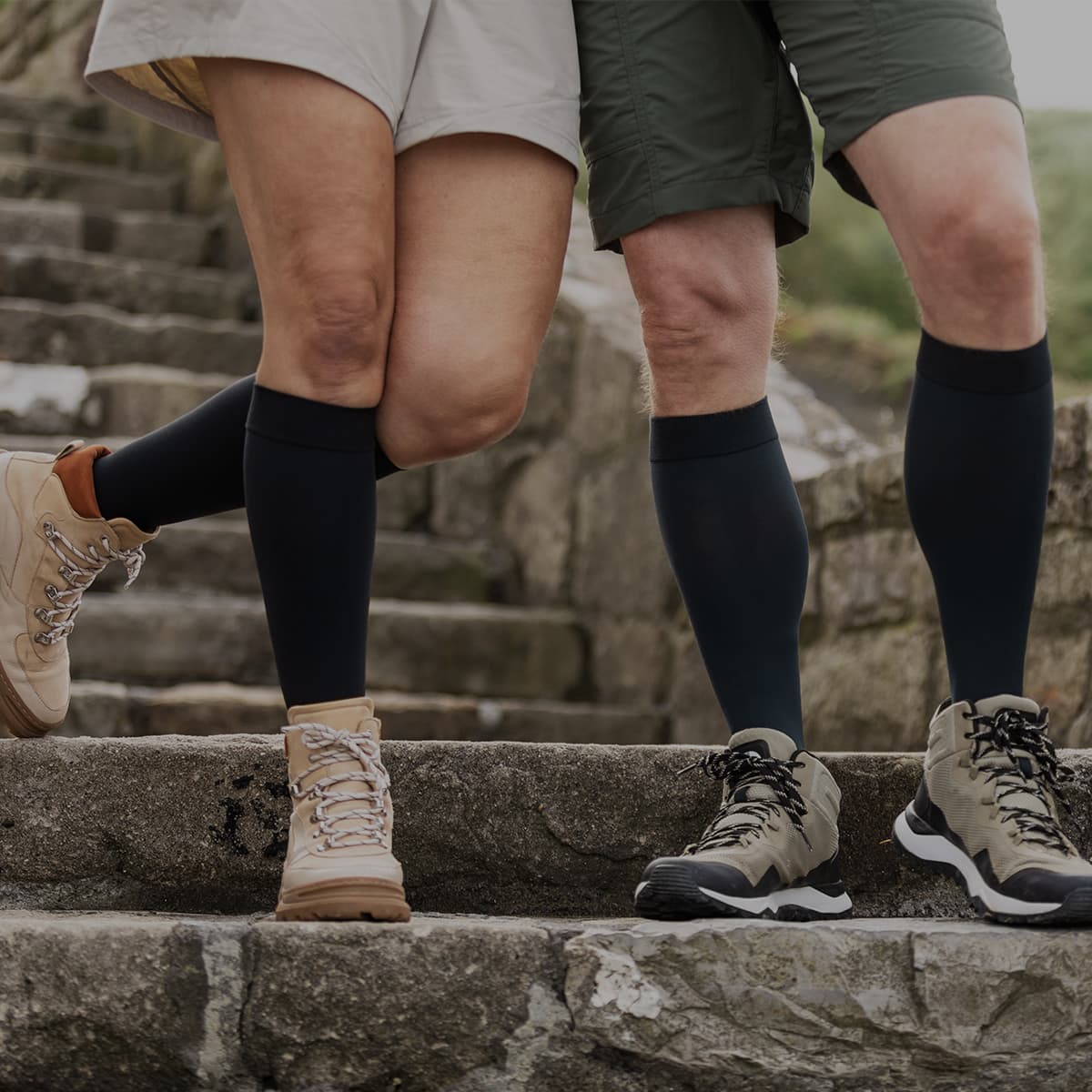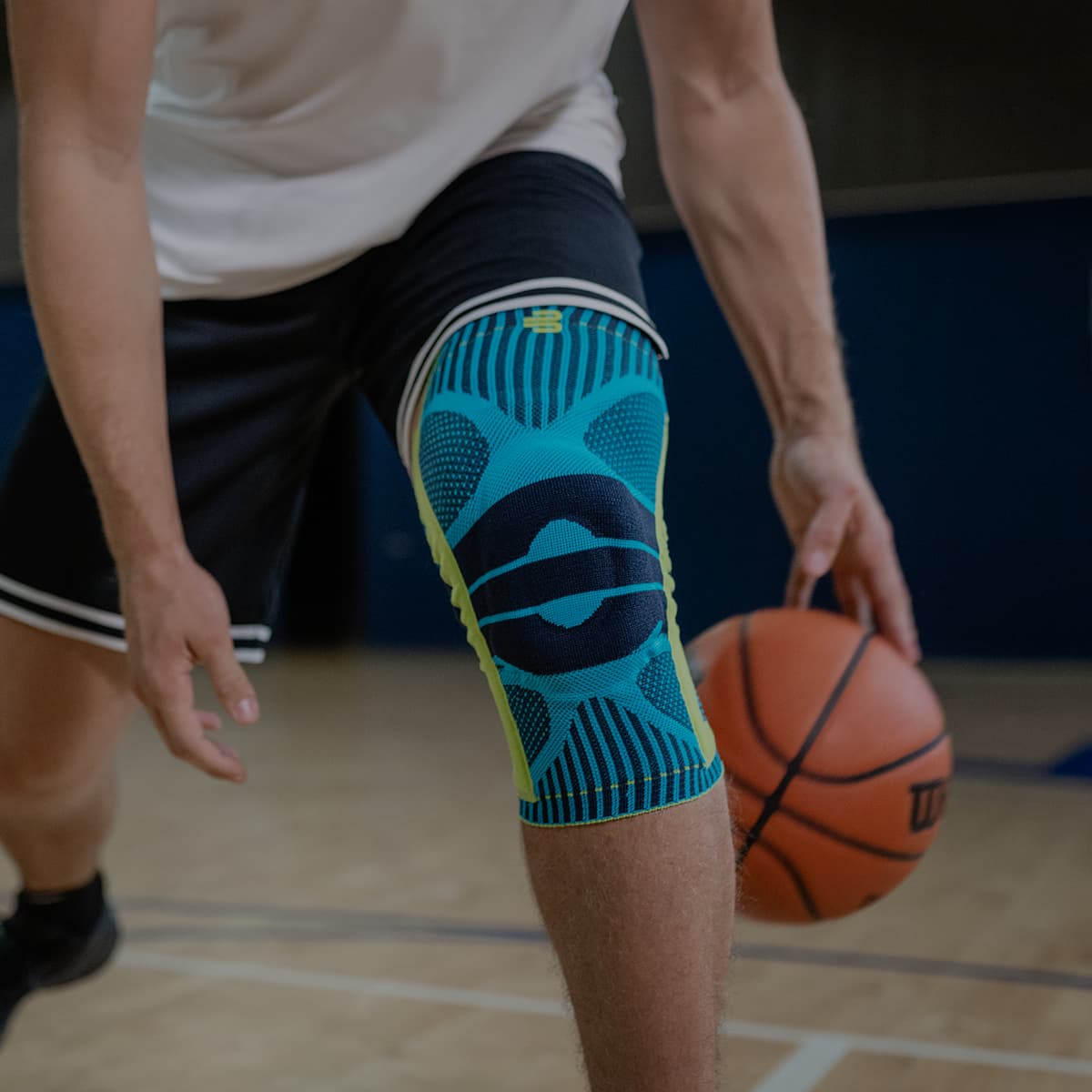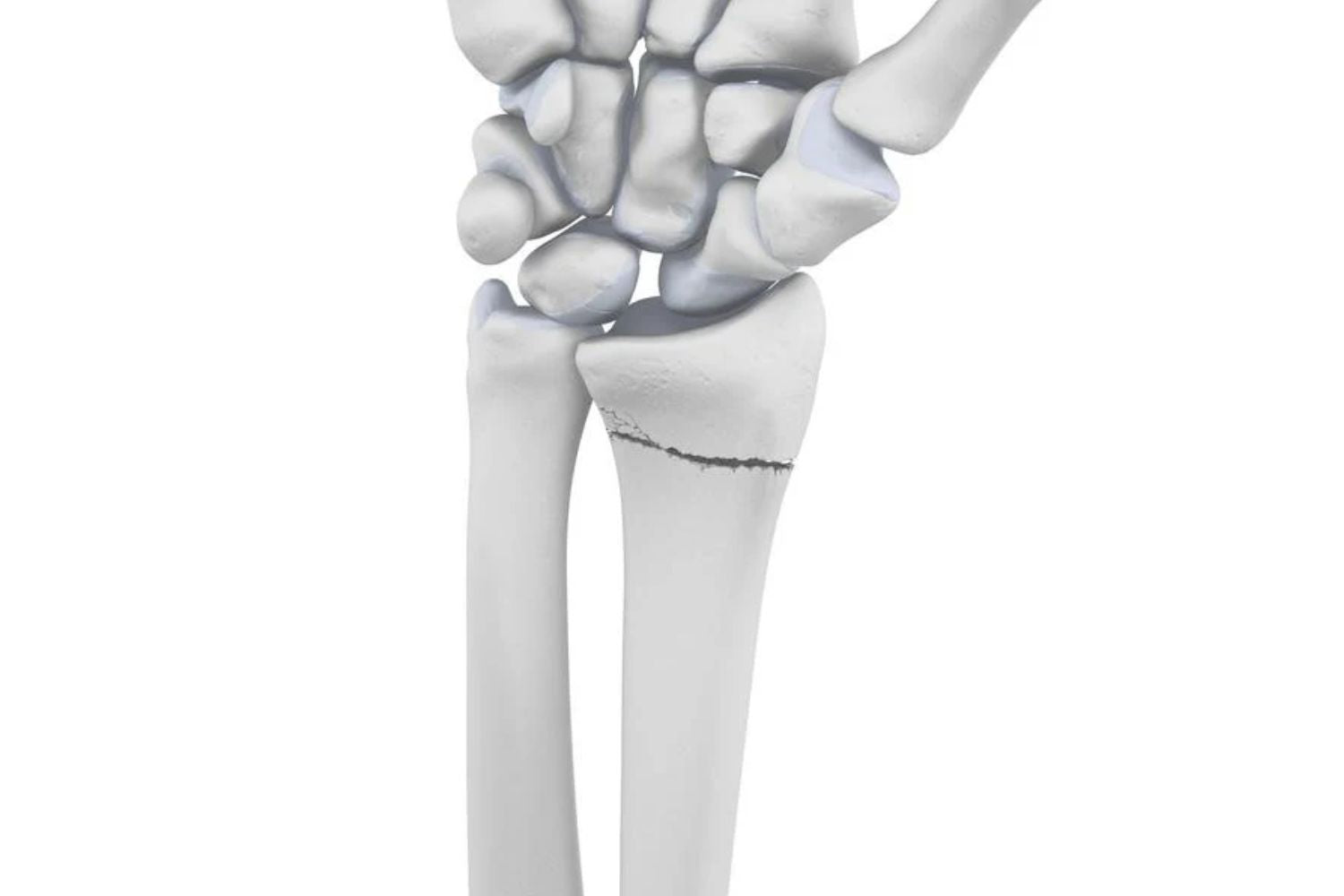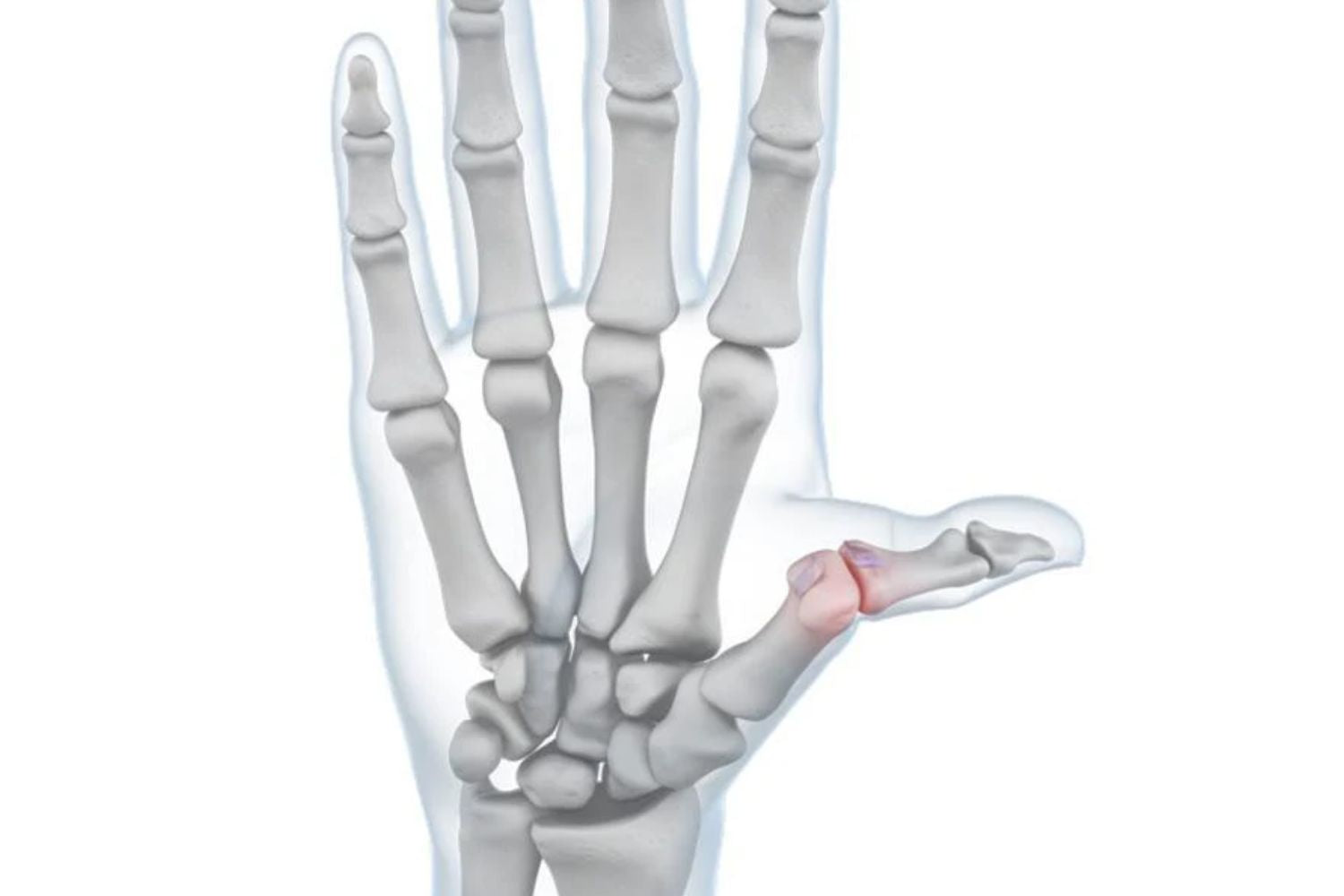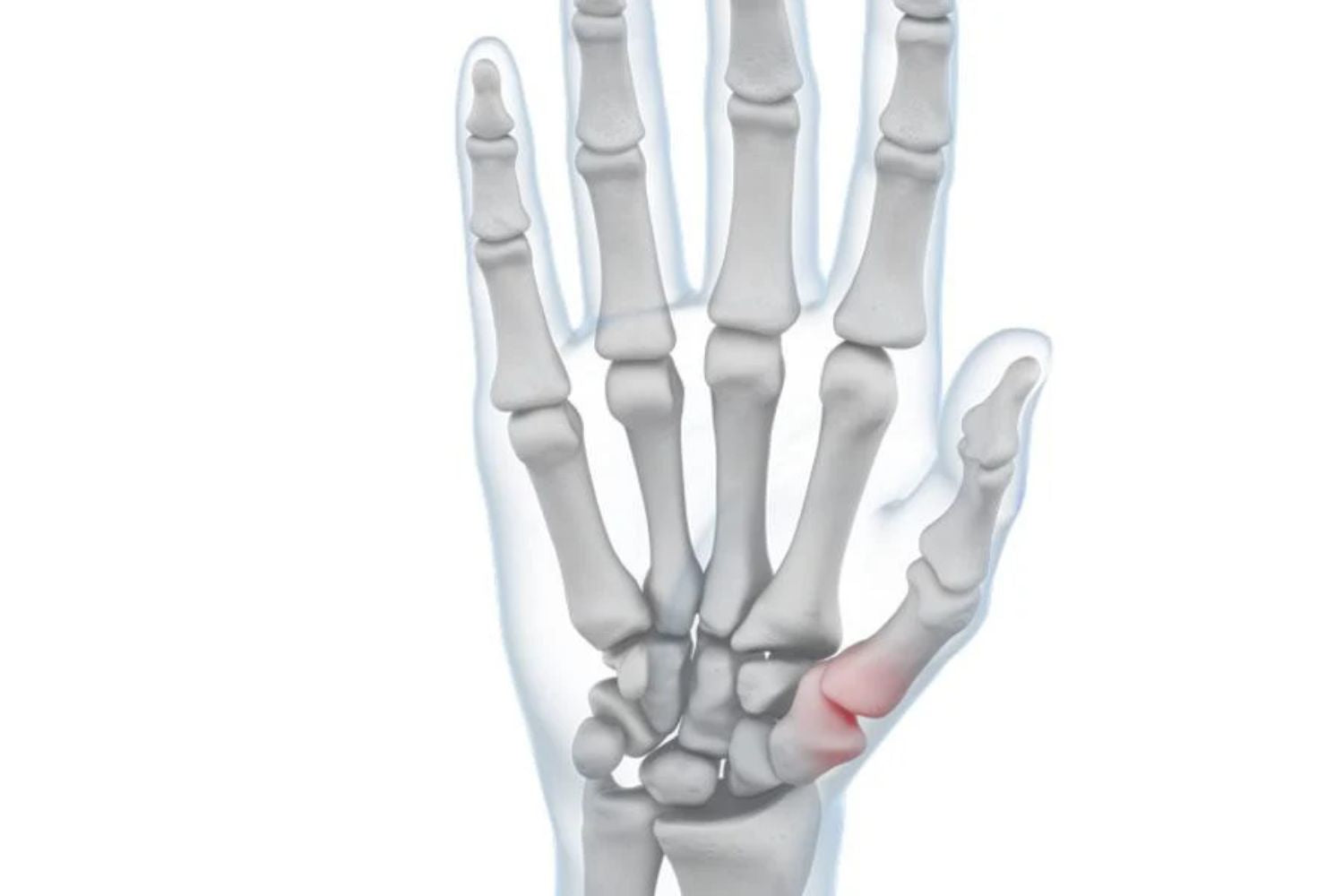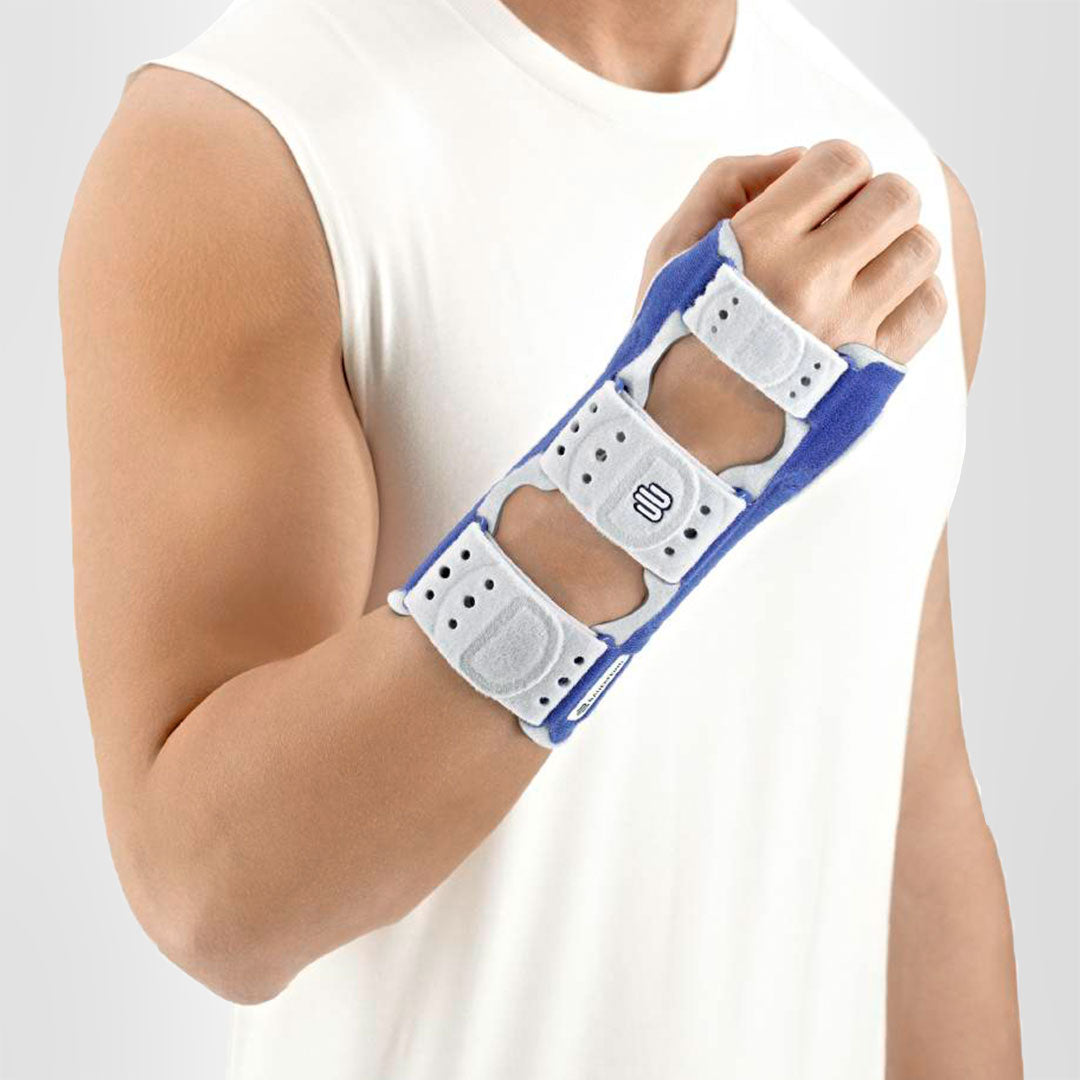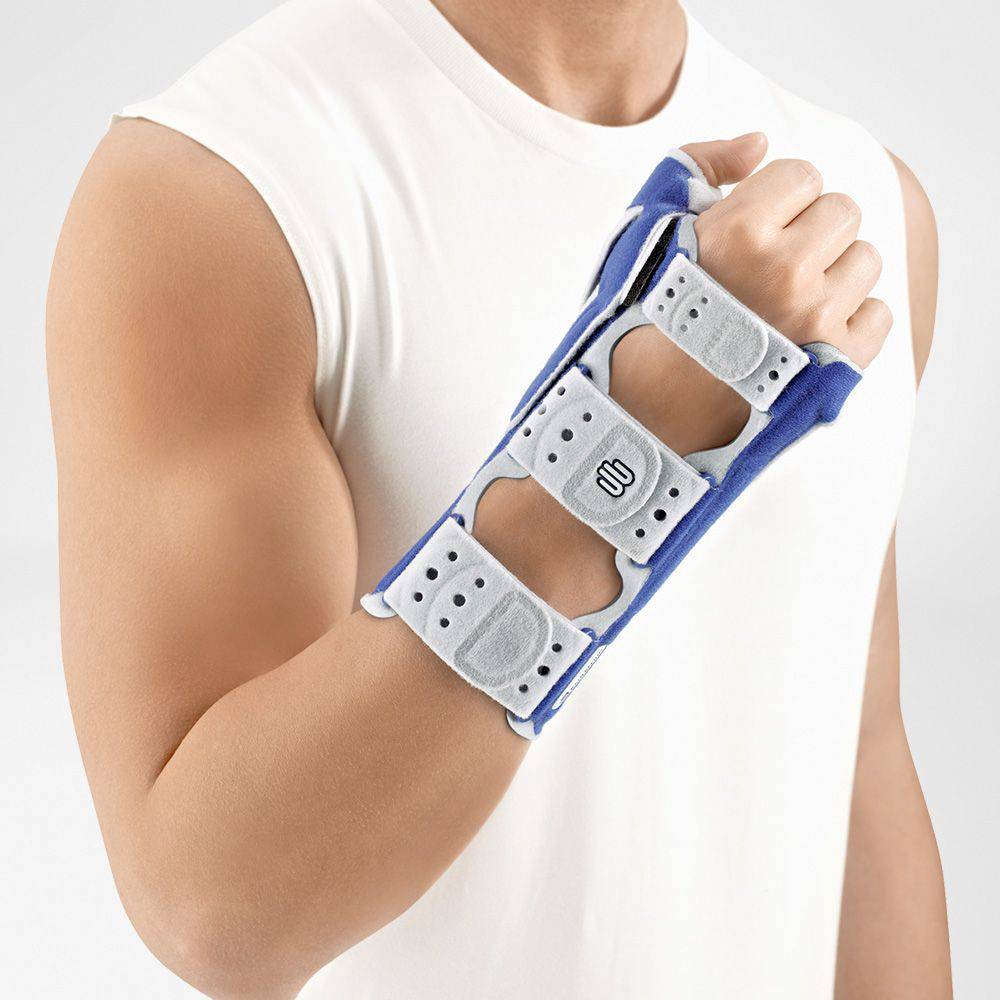Our hands and arms are resilient structures made of ligaments, muscles and bones. Together, they facilitate the transfer of power from the upper arm and allow for complex movements like stretching and bending the wrist.
The radial bone extends from the elbow joint to the wrist and is instrumental in stabilising the limb. Injury or accidental trauma can damage the radius and lead to a radius fracture. Patients suffering from a radial fracture typically experience pain and severely restricted mobility.
With an early diagnosis, most radius fractures can be treated effectively, and patients can fully recover. However, in cases of progression and long-term degeneration, there is a significant risk of complications.
Treatment of chronic cases usually requires more invasive, i.e. surgical intervention to help alleviate symptoms. An early diagnosis and thorough rehab routine are highly recommended to ensure the best recovery.
Types and Causes of Radius Bone Fracture
A radial fracture occurs when there is damage to the radius bone, a spoke-like slender bone that runs from the wrist to the elbow. This is primarily a direct result of excessive stress that pushes past the capacity of the bone. This is most commonly caused by the following:
- Injury from falling is the most common cause of a radial fracture. Patients instinctively try to break their fall by putting their arms out, and the entire body’s weight is applied across the radius. This results in overloading of the joint and a fracture.
- Traffic or work-related accidents where a sudden force is applied to the palm of the hand when it’s bent.
- Inherent conditions like osteoporosis can lead to a lower bone density and increase the chances of developing radial fractures.
A Radial Fracture above the wrist is also known as a Distal Radius Fracture. The fracture occurs at the joint where the radius meets the wrist.
The radius is connected in the wrist to the carpal bones and at the elbow to the humerus. Some of the most commonly known types of fractures on this bone include:
- A Radial Fracture along the elongated shaft of the spoke. This is the most typical form of a radial fracture and occurs as a result of a fall. The fall applies unnatural pressure on the radial bone spoke shaft and causes it to fracture.
- A Radial Fracture above the wrist is also known as a Distal Radius Fracture. The fracture occurs at the joint where the radius meets the wrist. Depending on the direction of the fall there are two main types of distal fractures.
- Flexion Fracture – The wrist bends towards the palm of the hand and fractures due to the unnatural stress.
- Extension Fracture – The joint breaks out towards the back of the hand. The direction of movement is away from the palm. This form of a distal fracture is rare because it is natural instinct to catch your fall using your hands. Patients typically tend to land on the palms and move towards that point.
- A Radius fracture through the joint-forming ends of the bone. These are often very complicated and usually require surgical intervention to restore the integrity of the bone.
- Open Radial fractures are also known as compound fractures. In some patients, the fractured bone might penetrate and break the skin surface, causing bleeding, immense pain, and discomfort.
Radius Bone Fracture Symptoms
The most common symptoms associated with a radial fracture include:
- Severe pain and swelling in the affected limb.
Complex and varied pain along the arm can indicate multiple fractures in the radius. - Bruising, heavy swelling and bleeding are all more common with a compound fracture, where the bone has pressed through the soft tissue.
- Radiating pain under any strain of the hand/arm.
- Restricted mobility and stiffness of the arm and joints.
Immediate medical diagnosis and treatment are highly recommended if any of these symptoms appear.
Diagnosis of Radius Fracture
A medical professional conducts a full physical examination of the affected limb. Sophisticated imaging technology, such as X-rays, is used to obtain better information about the location of the break and the extent of the fracture.
The doctor can determine whether or not there is joint involvement and can also help pinpoint the location of any potential bone fragments. A complete picture with as much information as possible allows the practitioner to recommend the most effective treatment path and begin treatment.
Treatment for Radius Bone Fracture
Treatment for a radial fracture depends entirely on the location and the severity of the fracture. Certain complications, like the presence of bone fragments and how far they are from each other, or ruptured skin, require special treatment. A good guideline to follow includes:
Complete Immobilisation
It is typical to completely immobilise the affected arm to prevent further damage and allow for healing. In most cases, suspension of the arm in a plaster cast or plaster splint is crucial and should only be performed by a doctor or experienced physiotherapist.
Occupational Physiotherapy For Radius Fracture
In cases with no significant damage to the ligaments (periosteum) and muscles, it is advisable to seek physiotherapy as soon as possible. Regular exercise can help strengthen the arm and restore any degeneration caused by prolonged use of a cast.
Targeted muscle building can help restore mobility and alleviate symptoms, accelerating healing. Remedial massage can also soothe irritation in the limb and encourage excess fluid to drain out of the limb in cases of inflammation.
Painkillers
Pain is a common symptom in radial fractures, and patients can use pain medication when instructed to by a medical professional, like Ibuprofen and Panadol.
Prescribed painkillers can also be requested from a professional medical practitioner in case the pain is severe. Prolonged use of painkillers can often lead to adverse side effects and should only be used under professional direction.
Wrist Brace and Support
A medical wrist brace or splint will help reduce the pain and discomfort patients experience by taking pressure off the joint. Wearing a Bauerfeind wrist brace like the ManuTrain or ManuLoc helps minimise the chances of injury and deterioration by providing enhanced stability, proprioception and comfort. This is not found in simple neoprene sleeves and braces and is instrumental in a speedy recovery.
Surgical Intervention
In some cases, alone the methods above aren’t enough. For example, if the ends of the fractured radius are far apart, they must be surgically repositioned closer together to allow the bone to heal naturally.
In severe cases of strongly displaced fracture ends or if the joint is involved, a surgeon might need to connect the fractured parts with metal plates. This is called osteosynthesis.
This provides stability to the joint and relieves pressure, allowing for a better prognosis. A patient undergoing this procedure often doesn’t require the use of a plaster and can begin physiotherapy and bracing promptly.
Medical Wrist Orthosis: Radius Fracture Recovery
ManuLoc Wrist Brace
Medical wrist braces like the ManuLoc can prove instrumental in treating a radius fracture. In mild cases with no ligament damage, the brace can replace a plaster cast, providing stability and protection to the affected limb with much more comfort and ease.
The brace encourages healthy proprioception and relieves the joint. The ManuLoc wrist brace allows for full mobility and flexibility in the fingers while providing complete support to the fractured bone, allowing patients to begin physiotherapy earlier.
The ManuLoc wrist brace secures the wrist in a comfortable neutral position with three integrated aluminium rods that are shaped anatomically. The two sidebars ensure high stability of the wrist and the forearm (extension/ flexion).
The smaller rod beneath immobilises the wrist while still enabling everyday movements. The brace is easy to put on and take off with just one hand and helps achieve an optimal therapy result throughout the entire process.

